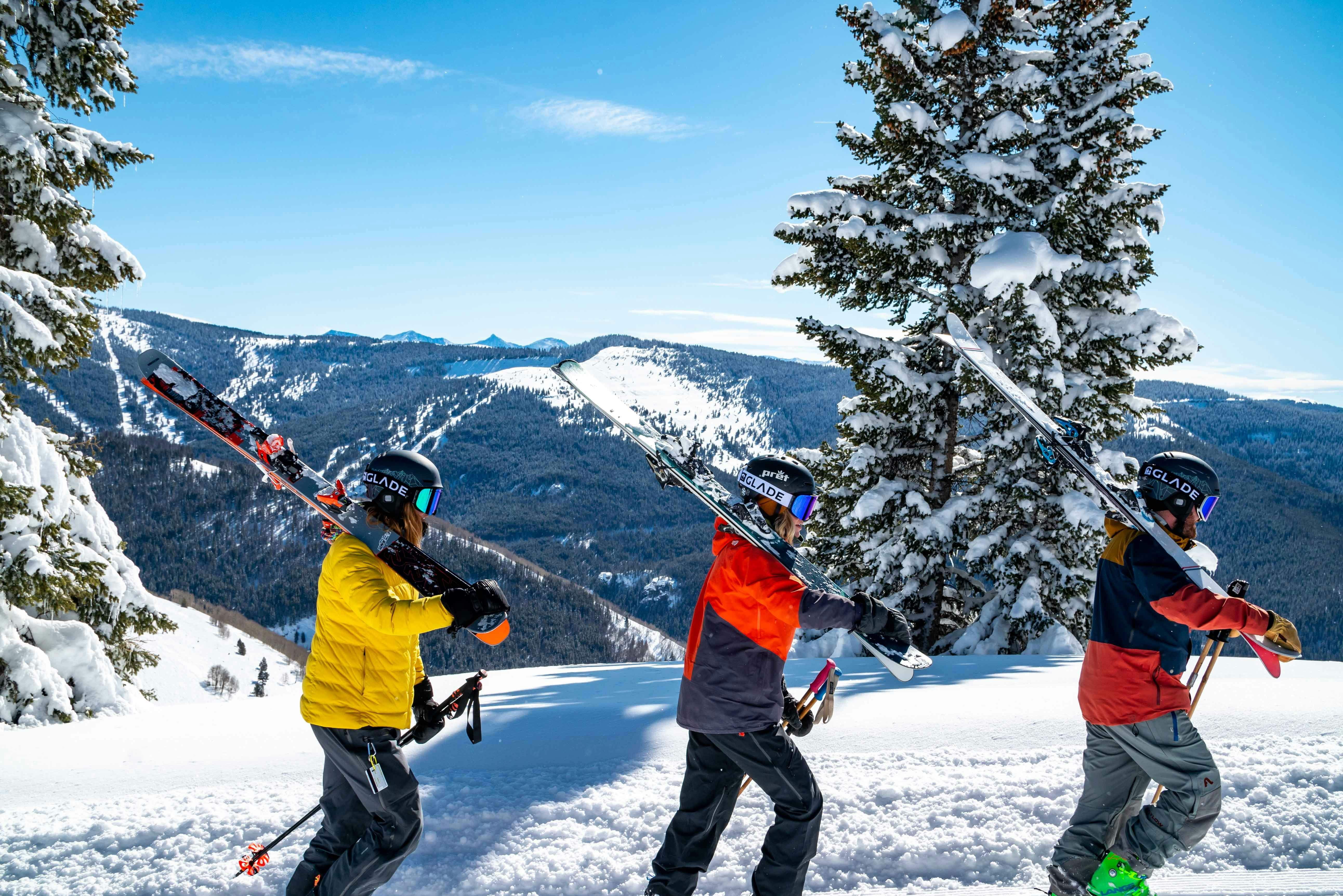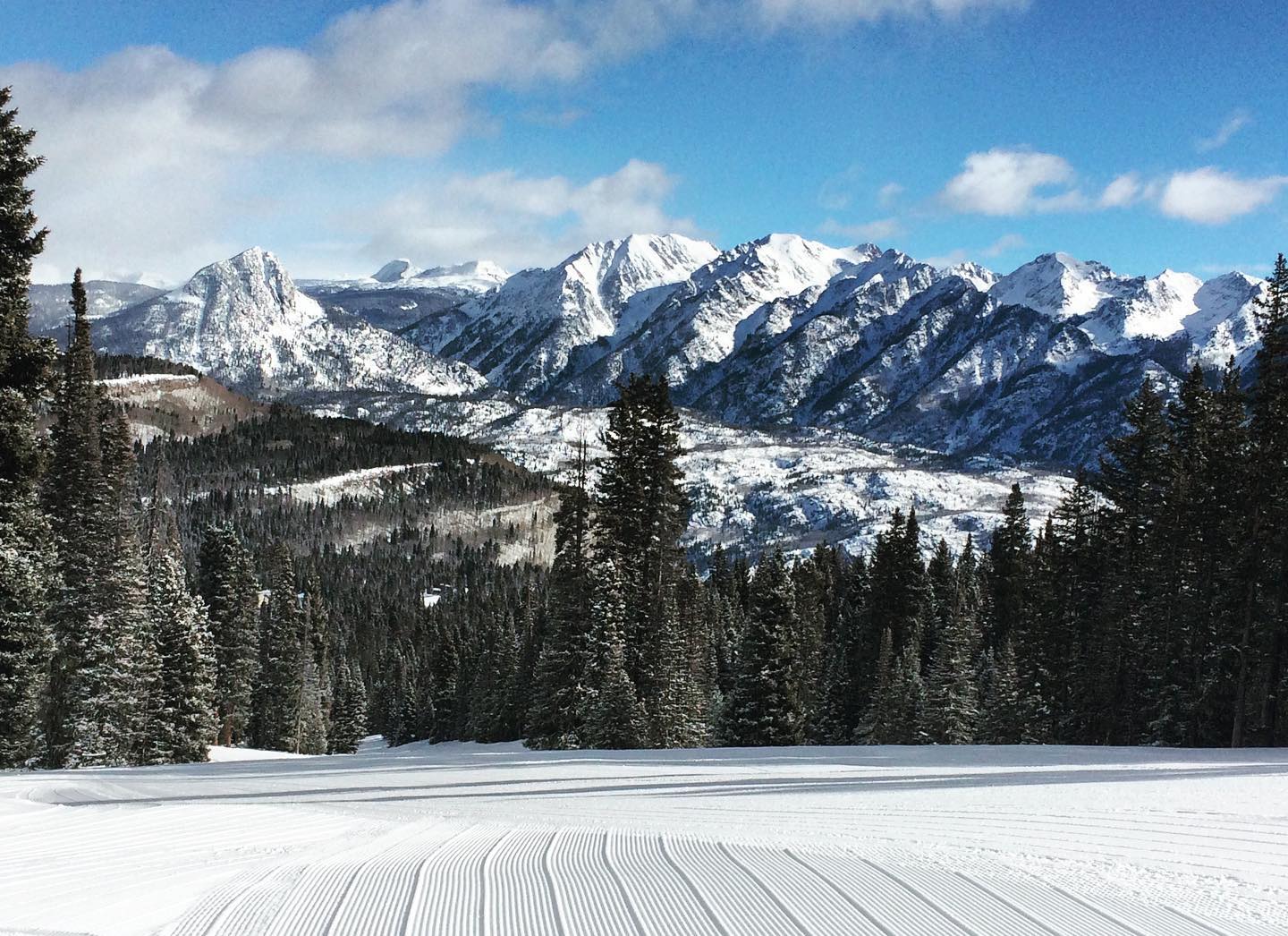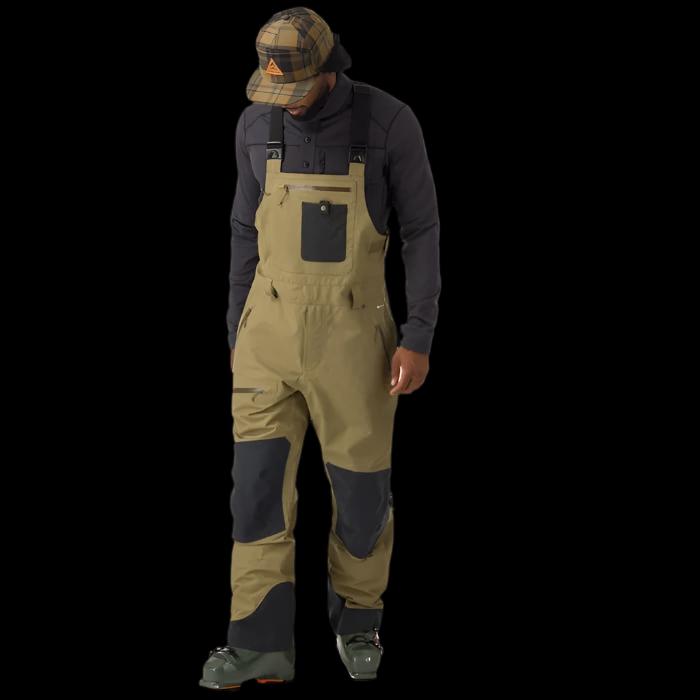Weather Trends and Winter Outlook for the 2024-25 Ski Season
As the winter season approaches, many ski enthusiasts are eagerly anticipating snow-covered slopes and fresh powder. However, with the latest climate predictions in mind, this year's skiing season could be shaped by a developing La Niña event. Federal forecasters from the National Oceanic and Atmospheric Administration (NOAA) have reported a 60% chance that La Niña will take hold by the end of November 2024, bringing a unique set of weather patterns to the U.S. this winter. For ski resorts, these developments could mean an interesting mix of conditions—both good and bad.
The following article highlights what this weather pattern means for Northeastern Pennsylvania's winter season, the potential impact on the season, and what skiers and snowboarders can expect as they prepare for the slopes. Whether you're gearing up with the latest gear from local ski shops or simply planning your next mountain adventure, understanding these weather patterns will help you make the most of the upcoming season.
Understanding La Niña and Its Effects
La Niña is a climate phenomenon that occurs when sea surface temperatures in the central and eastern Pacific Ocean are cooler than average. This temperature anomaly impacts global weather patterns, often leading to significant shifts in precipitation, temperatures, and atmospheric circulation. In the U.S., La Niña generally brings cooler and wetter conditions to the northern parts of the country, while the southern tier typically experiences warmer and drier conditions.
The key takeaway for the skiing season is that this weather pattern is typically associated with colder and wetter weather in the northern U.S., including parts of the Great Lakes and the Northeast—both of which directly influence skiing conditions at popular spots.
However, a La Niña is not always predictable. This year, federal forecasters are anticipating a weaker and shorter event than those in previous years, which makes long-term predictions a bit more uncertain. Still, the potential for cooler temperatures and increased snowfall in the northern regions could be a positive sign for skiers in northern counties.
Weather for the Season
Northeastern Pennsylvania, which is home to a number of popular ski resorts such as Blue Mountain, Camelback, Jack Frost Big Boulder and Elk Mountain, could see a favorable shift in weather due to the developing La Niña event. While there are many variables at play, here are the primary impacts that it could have on the region’s ski season:
Potential for Above-Average Snowfall
One of the hallmark effects of La Niña is an increase in snowfall across the northern tier of the U.S. Due to the cooler-than-average ocean temperatures in the Pacific, weather systems often bring more moisture into the air, which can result in heavier snowfalls across the Great Lakes and the northeastern states, including Pennsylvania.
Ski resorts in the region may benefit from more consistent and plentiful snowfall throughout the winter season. For resorts with snowmaking capabilities, this means they may have more opportunities to supplement natural snow, extending the season and ensuring better coverage on the slopes.
For snow lovers, this could mean the possibility of powder days, where fresh snow makes for an ideal skiing or snowboarding experience. Of course, this depends on the severity and length of the weather event, which is expected to be weaker than previous occurrences, so some fluctuation in snowfall totals is still possible.

Chilly Conditions for Skiing
The cooler-than-average temperatures associated with La Niña should bring colder weather to the region. For ski resorts, this is good news—cold temperatures are essential for maintaining snow quality and enabling snowmaking efforts. While colder weather might mean bundle-up layers and potentially more icy conditions at lower elevations, higher-altitude slopes should see more consistent snow conditions. Skiers and snowboarders can expect crisp, dry air and conditions that are generally conducive to great skiing or snowboarding.
This colder weather also helps to keep the snow around for longer periods, preventing early-season melts and ensuring that resorts can maintain skiable conditions throughout the winter months.
Possibility of Stormier Weather
The climate pattern also tends to increase the likelihood of stormier conditions in the northern U.S., which could translate into a greater number of snowstorms and potentially more challenging conditions on the slopes. While this means skiers can look forward to epic powder days, it also could lead to periods of heavy snowfall that may impact visibility and skiing conditions for a time.
Resorts will likely be prepared to handle these types of storms, with plowing crews working overtime and increased snowmaking operations to keep the slopes in top shape. That said, stormy conditions could also mean temporary closures or delayed openings during the peak of winter storms.
Variability and Uncertainty
It’s important to remember that La Niña’s influence is not always straightforward. Forecasters have noted that the 2024-2025 La Niña event is expected to be weaker and shorter in duration, meaning the impact on regional weather could still fluctuate. While this weather pattern increases the likelihood of colder and wetter weather, the exact timing and intensity of these conditions can be difficult to predict.
For skiers, this means they may experience variability in snow conditions, from potentially heavy snowfall one week to warmer, drier conditions the next. Keeping an eye on short-term weather forecasts will be crucial for those planning trips, as conditions could shift quickly during the winter.
Future Outlook: What to Expect This Season
In summary, the 2024-2025 winter season may shape up to be favorable for ski resorts in many parts of the country, especially in terms of snow coverage and cooler temperatures. While the La Niña event is expected to be weaker and shorter than previous years, it still holds the potential for enhanced snow conditions and a solid season for skiers.The combination of cooler temperatures, increased snowfall, and potentially stormier weather patterns presents skiers with an exciting, action-packed winter ahead. Whether you're looking to update your gear or take advantage of attractive ski packages, these conditions are sure to provide plenty of opportunities for memorable days on the slopes.
However, given the uncertainties surrounding La Niña's intensity and duration, there may also be moments of fluctuation, particularly late in the season when its influence begins to fade. For skiers and snowboarders in the region, it’s best to stay informed through regular weather updates, adjust plans based on conditions, and prepare for a range of weather scenarios. That said, with the possibility of abundant snowfall and ideal ski temperatures, this winter may offer some of the best conditions for skiing in recent years.









